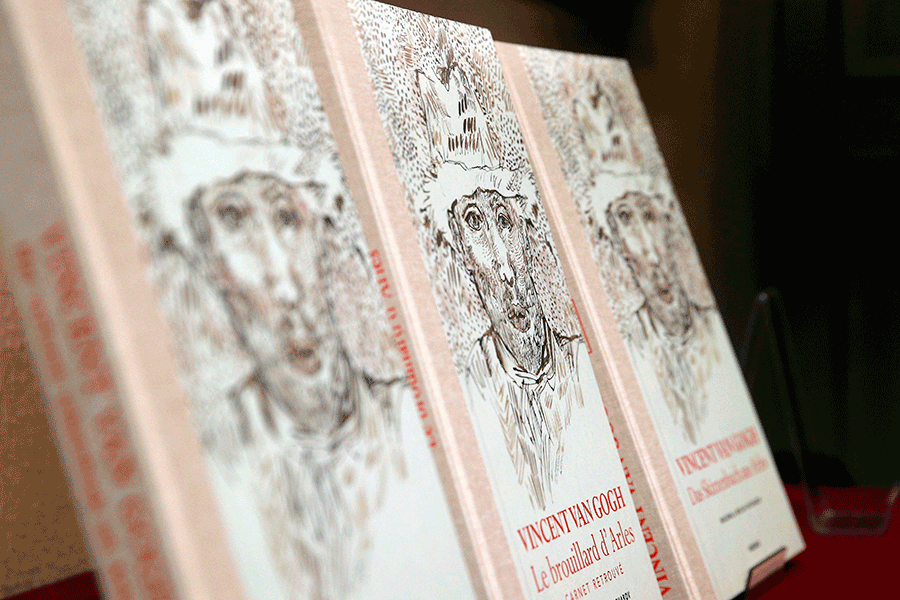Van Gogh’s lost sketchbook found? Not so fast, museum says.
Loading...
| Paris
The Van Gogh museum in Amsterdam has dismissed an art historian's claim that a collection of discovered sketches were drawn by the Dutch artist, saying they were imitations.
At a news conference in Paris on Tuesday, Bogomila Welsh-Ovcharov presented "Vincent Van Gogh, The Lost Arles Sketchbook," a book showing prints of dozens of drawings the University of Toronto professor and Van Gogh specialist say are by the artist.
Ms. Welsh-Ovcharov and publishers Seuil say the sketches are from the post-impressionist painter's move to Arles in the south of France in 1888. However, the Amsterdam museum, a leading authority on the "Sunflowers" and "The Harvest" artist, said its experts disagree after looking at pictures of the works.
"The Van Gogh museum had seen a high definition set of drawings as photographs," Welsh-Ovcharov told reporters.
"Now, when I was a university professor and I taught courses on connoisseurship and on art history, that is the worst thing anyone can do – to tell me that they made a decision on what is a work of art by a photograph."
Axel Ruger, director of Amsterdam's Van Gogh Museum, which counts some 500 Van Gogh drawings and four of his sketchbooks, said its experts had known "for some time" of the album, adding that they had studied "high-quality" photographs of 56 drawings, out of a total 65, sent to them.
"Their opinion, based on years of research on Van Gogh's drawings in the museum's own collection and elsewhere ... is that these album drawings are imitations of Van Gogh's drawings," the museum said.
The museum said the drawings don't reflect Van Gogh's development at the time. He says the drawings use original brownish ink when Van Gogh used only black or purple ink that only later appeared brown because of age.
"The experts examined its style, technique and iconography, and among their conclusions were that it contains distinctive topographical errors and that its maker based it on discolored drawings by Van Gogh."
According to the University of Toronto website, Welsh-Ovcharov has taught art history for 25 years and has created several Van Gogh exhibitions, including one at the Musee d'Orsay in Paris.
Welsh-Ovcharov said she was called while in France to look at a sketchbook found in a storeroom in Arles which had come to the attention of Franck Baille, who manages an auction house in Paris, to verify whether it was by Van Gogh.
"I started to look through all the drawings and each one had his fingerprint.... it was an 'OMG' moment, oh my God, and I said it's not possible, I've seen many Van Goghs that were supposedly Van Goghs and they weren't," she said.
"And I looked at it and I saw all the things that Van Gogh stands for in terms of reed-pen brushwork, graphite underground work, the whole possible elements," she said, adding she had the drawings verified by various specialists.
This report contains material from the Associated Press.







